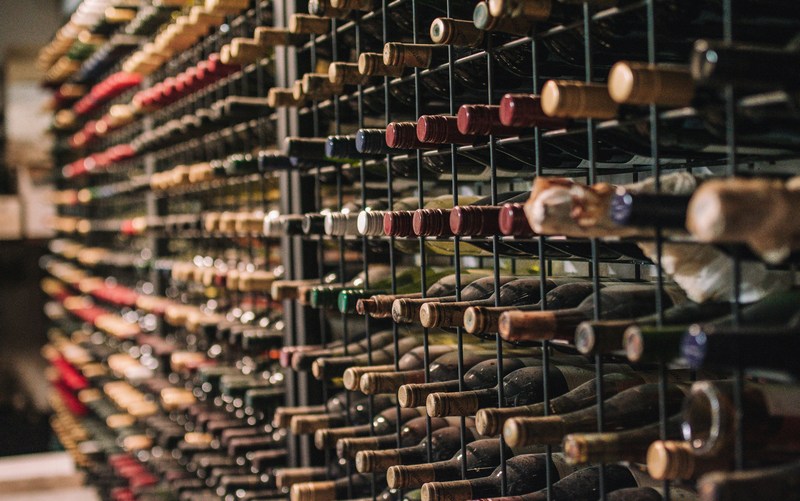I recently read this article on ft.com titled Nine Ways to Build an Affordable Wine Cellar which I thought was a really helpful guide. Our customers may have fabulous wine cellars, wine rooms and wine storage solutions, but the idea of filling it can be a little daunting. Many customers really know their wines, other […]
Read more >




